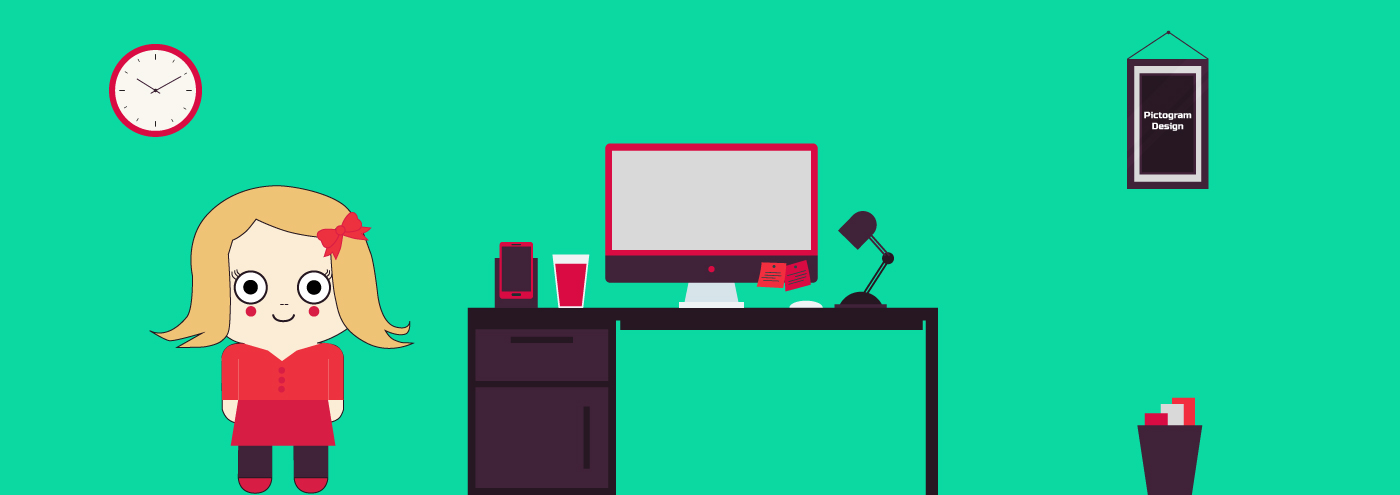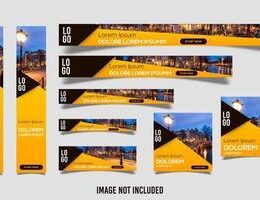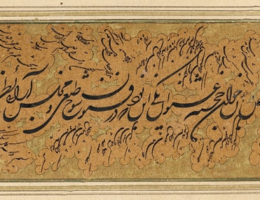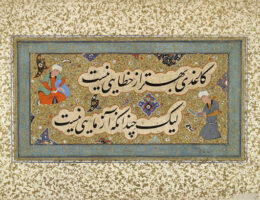IRAN ART EXHIBITION: HOW PICTOGRAMS HELP CHILDREN TO LEARN THINGS
Pictogram definition: a bar, chart, or graph that uses images to represent a collection of data. Includes teaching resources to help teachers save time.
What is a Pictogram? Definition
A pictogram (also known as a pictograph or picto) is a chart or graph which uses pictures to represent data in a simple way. Each picture in the pictogram represents a physical object.
They are set out the same way as a bar chart but use pictures instead of bars. Each picture could represent one item or more than one.
The word ‘pictogram’ can also refer to a pictorial symbol in language (Egyptian hieroglyphics are probably the most well-known pictorial language), and in computing, a pictogram would be called an icon.
Even for adults, graphs can sometimes be a bit tricky to interpret. For children, this is especially true. That’s why teachers like to introduce children to graphs and bar charts in the form of pictograms.
Pictograms are a great way of making data easily accessible to younger children, which means they’re the perfect introduction to bar charts.
Pictograms in maths are set out the same way as a bar chart, but the main difference is that they use pictures instead of bars. Each picture could represent one or more items, and half or part-pictures represent fractions of a number. This information is usually represented in a key.
IRAN ART EXHIBITION: The long and short of this is that pictograms are the perfect way for children in Year 2 to be introduced to bar charts and statistics. Once you have explained the pictogram definition, you can start using pictograms in your classroom to collect and represent data in an accessible and easily understood way.
Beyond school, pictograms are used in much the same way – to help people make the connection between a bar chart and the thing it represents. They’re particularly useful when the number involved is really large. Using pictograms in instances such as this can help people to process what the numbers mean. As well as this, pictograms are used for ratings, progress towards a goal, and to summarise the results of a survey.
What Are Pictograms Used For?
Pictograms are a great way to introduce children to data handling, as they are very visual and generally easy to understand and interpret. Children can simply count the objects to find out how many each option represents.
For example, a pictogram of how students travel to school would have each option represented by a picture of that type of transport. You can create tidy looking pictograms using cut and stick pictures.
When Do Children Learn About Pictograms?
Children begin to learn about pictograms in year 2 maths. This requirement is detailed in the KS1 national curriculum:
‘Interpret and construct simple pictograms, tally charts, block diagrams and simple tables.’
IRAN ART EXHIBITION: To help year 2 children understand pictogram definitions, teachers can ask their class to collect data from other children by asking questions like: ‘What pet do you have?’ or ‘What is your favourite fruit?’. This information is collected as a tally chart which is then converted into a pictogram.
Converting between different types of chart help children to understand that data can be collected and represented in different ways. You can ask them to think about the best ways to represent different types of data. When is a bar chart useful? What about a pictogram? Can they explain why?
It’s a great introduction to interpreting data and reading graphs which is part of the maths curriculum. Activities like this can also help children to get to know their classmates better and develop their soft skills, like communicating and interacting with others.

Teaching Pictograms at KS2 Level
In year 3, children continue learning about pictograms and start to develop more advanced skills. They will begin to understand and interpret pictograms which have images that represent more than one of an object.
This requires children to read the questions carefully and understand how to interpret the number of images. It means that they must put their knowledge of the pictogram definition to use and apply it to a practical task.
IRAN ART EXHIBITION: In this case, it is very important that the child has properly read the questions and understands that one image of a piece of fruit represents two children. This is a way of simplifying pictograms so that they don’t take up as much space when there is more data to represent.
So this pictogram shows that:
• 10 children prefer bananas.
• 2 children prefer grapes.
• 8 children prefer apples.
• 6 children prefer pears.






